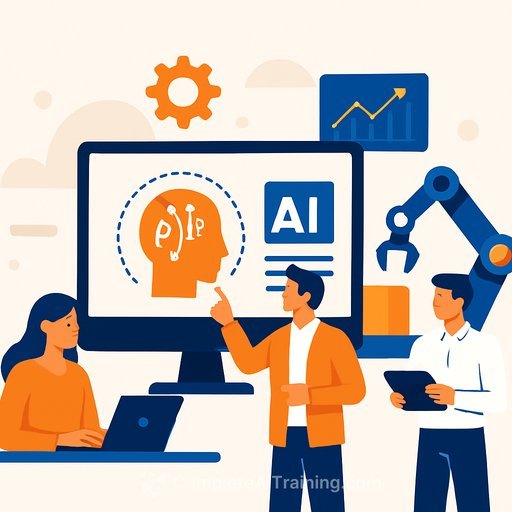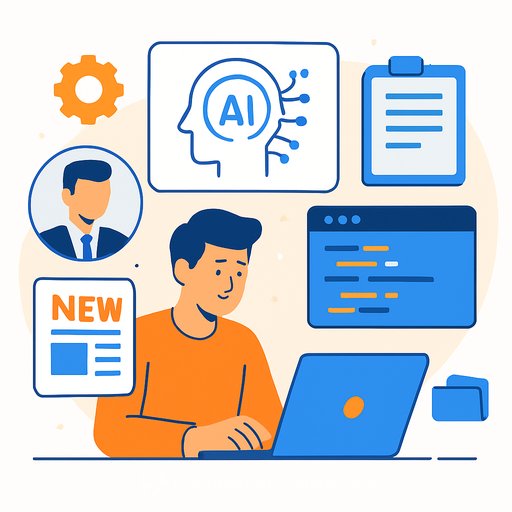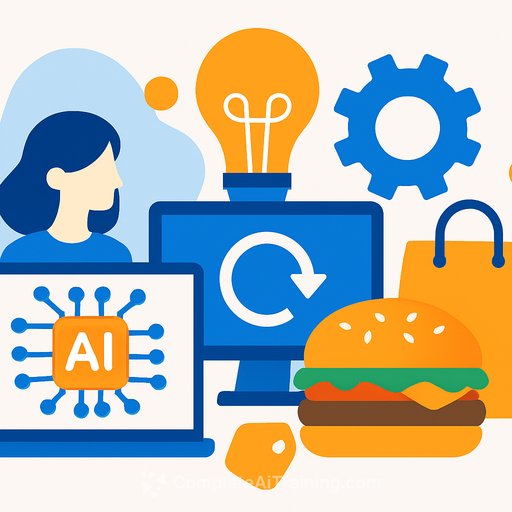The Sky Is The Limit: How AI Could Transform Product Development
Product development moves ideas from whiteboard to market. That path is messy. Smart teams, big budgets and clean roadmaps still miss. The question on every roadmap: how do we improve the odds?
AI helps when it's treated as a new operating model, not bolted-on software. Used end to end, it shortens cycles, reveals signals you'd miss and reduces waste across decisions, design, launch and growth.
Why so many products miss
Most failures come from the same sources: weak signal on true customer needs, underestimating technical hurdles, slow collaboration and poor timing. Another culprit: fragmented decisions and scattered data. Intuition-led bets and slow feedback loops can't keep pace with shifting markets.
If your team is guessing instead of validating with live signals, you're flying blind. AI gives you visibility, speed and better odds.
What AI actually adds
AI can analyze huge volumes of unstructured feedback in minutes and surface trends you won't get from static research. It can read attribute-level sentiment, detect sarcasm and factor cultural context from reviews, tickets and social chatter.
It also accelerates design and planning: generative concepts, virtual prototypes, risk detection, demand forecasts and pricing tests. In pharma, it can shorten discovery cycles. In consumer electronics, it powers continuous feedback loops that improve every release.
A practical framework: Decide, Develop, Scale, Sustain
1) Decide
- Use predictive analytics to score ideas with real market signals, not opinions.
- Mine support tickets, forums and reviews for unmet needs and pain chains.
- Run simulations to test scenarios before you commit resources.
- Make go/no-go calls with clear thresholds: expected margin, time-to-impact, risk score.
2) Develop
- Automate repetitive tasks: requirement extraction, spec diffs, test case generation and summarization.
- Generate and evaluate multiple virtual prototypes; let models flag failure modes early.
- Build an internal knowledge graph so decisions, tradeoffs and lessons don't live in one person's head.
- Continuously assess risks (safety, performance, compliance) as code and designs evolve.
3) Scale
- Forecast demand by channel and region; sync with supply, inventory and capacity in near real time.
- Optimize launch mix: channels, messaging, pricing and promos based on live tests.
- Use anomaly detection to spot bottlenecks across suppliers, logistics and retail partners.
- Align sales, marketing and ops with the same data layer to avoid costly mismatches.
4) Sustain
- Turn usage telemetry and reviews into prioritized backlog items with estimated lift and effort.
- Recommend feature tweaks and content updates automatically; ship via feature flags and measure lift.
- Run post-launch root cause analysis on churn and returns; close the loop with fixes fast.
- Refresh demand forecasts and service parts planning as behavior shifts.
Avoid the common AI trap
The trap is stitching AI onto single steps. That creates tool sprawl, data silos, conflicting outputs, higher costs and confusion around privacy and IP. Debt goes up instead of down.
Fix it by mapping the whole flow. Mark the critical decisions. Keep human judgment where stakes are high. Use agentic AI to connect steps so work moves from brief to backlog to launch without friction.
- Start with one real pilot tied to a business metric (e.g., time-to-insight, iteration speed, forecast accuracy).
- Instrument everything. Prove it. When the new flow wins, retire the legacy step.
- Standardize data contracts, model governance and access controls from day one.
What's on the line for product leaders
Teams that adopt this way of working ship better products, faster, with fewer surprises. Consumers get solutions that fit their needs more closely. Across the market, AI lowers barriers so smaller teams compete with incumbents, and that fuels fresh ideas and new categories.
Runway: a 30/60/90 plan
- 30 days: Pick one product line. Define 3 decisions to improve. Audit data sources. Choose a minimal toolchain.
- 60 days: Stand up VOC mining, idea scoring and prototype evaluators. Automate one recurring task in design or testing.
- 90 days: Add demand forecasting and launch readiness dashboards. Ship one improvement driven entirely by the new flow. Sunset one legacy step.
Key metrics to track
- Time from insight to decision
- Design iteration cycle time
- Defect escape rate and rework
- Forecast accuracy and stockouts
- Adoption, retention and review sentiment by feature
The mix of human creativity and AI sets a higher standard for product work. Treat AI as the operating layer for how your team decides, builds, launches and learns. Do that, and the sky really is the limit.
If you want a structured way to upskill your team for this shift, explore curated programs for product roles at Complete AI Training.
Your membership also unlocks:






